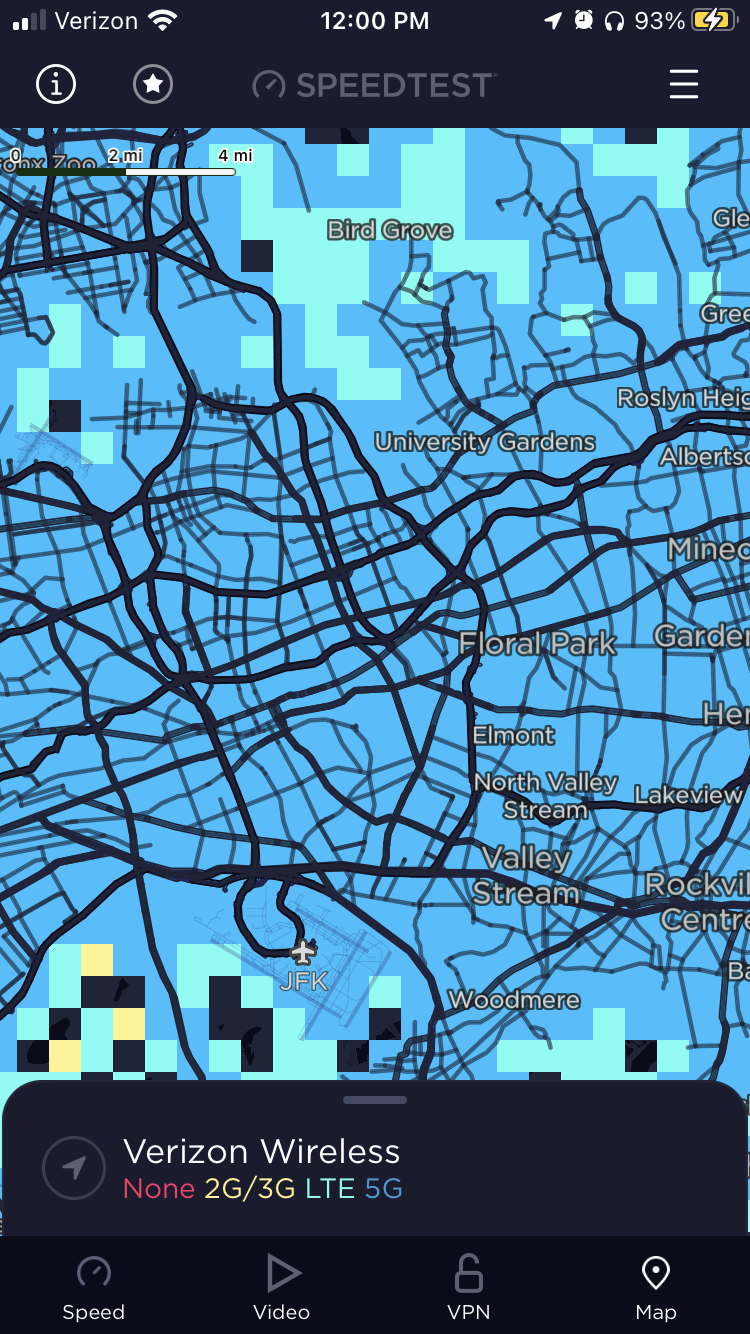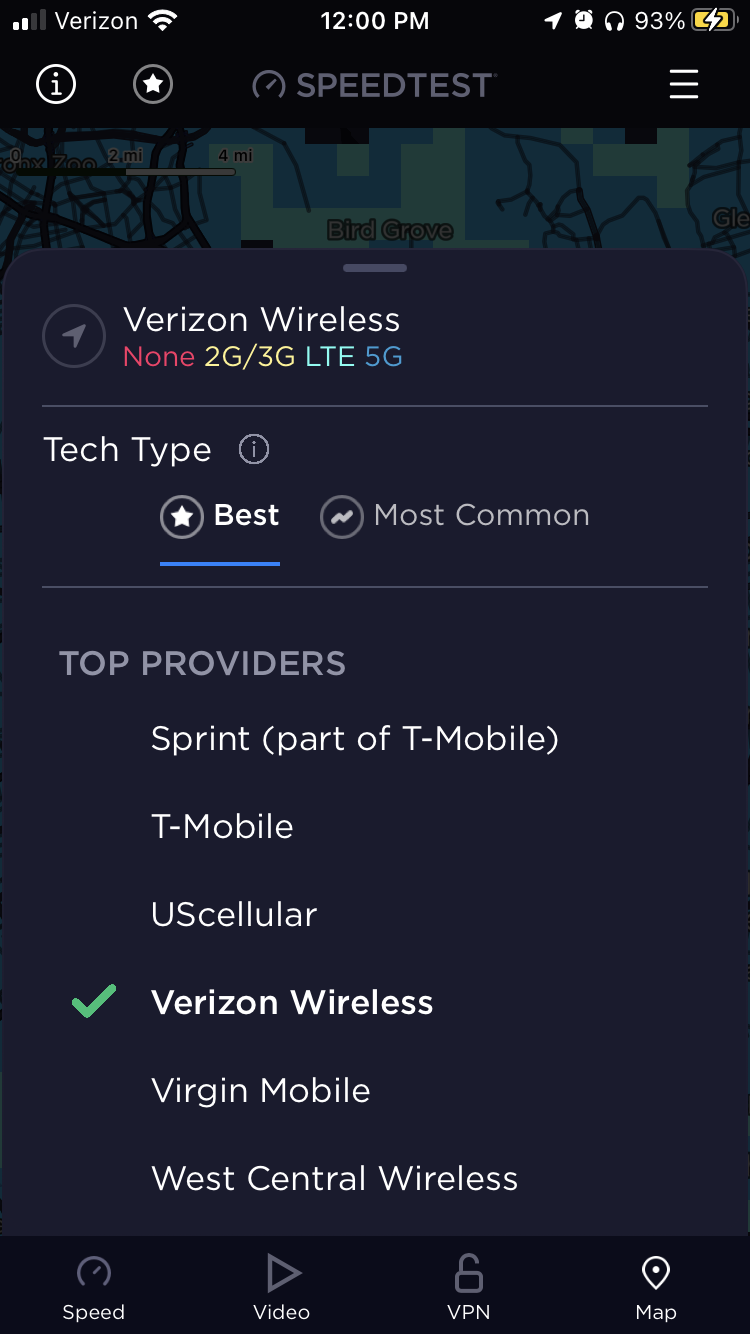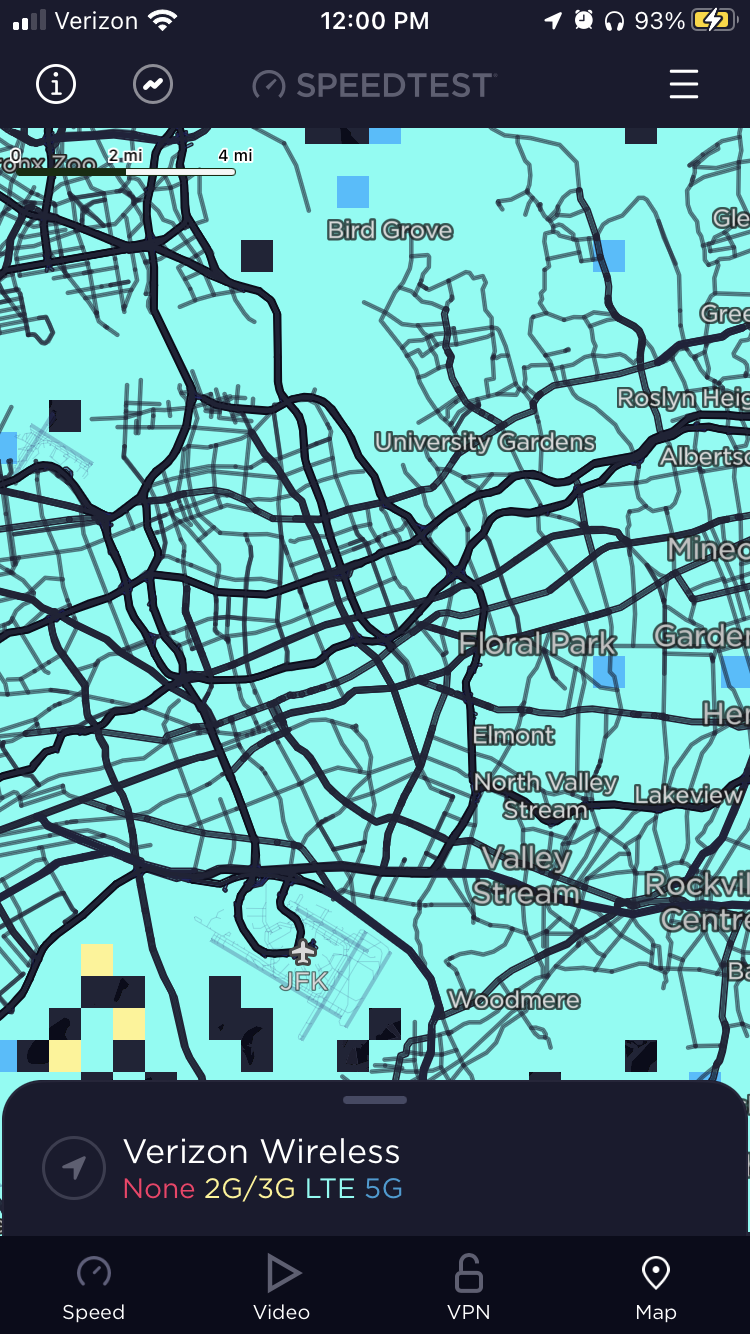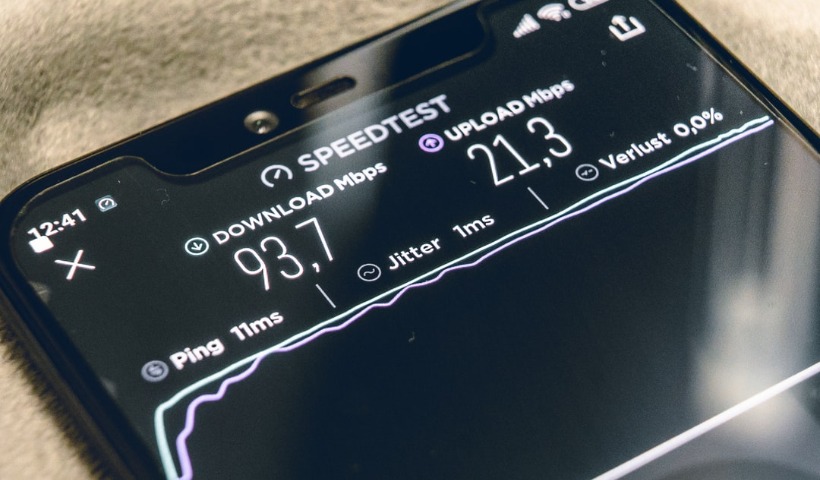Perhaps within the past year you’ve gotten a shiny, new iPhone 13 Pro or Pixel 6 and wondered: Where the heck is this 5G speed I was promised?
While plenty of big, new smartphones support 5G (and have for a couple of years), and providers like Verizon, T-Mobile, and AT&T all offer 5G networks for their customers, it can be hard to actually find it while out and about. It doesn’t help that those providers have coverage maps on their websites that only show where 5G is theoretically available.
The good news is that the network speed measurement tool Speedtest (Note: Mashable and Speedtest are both owned by the same parent company, Ziff Davis) recently added a feature to its iOS app to fix this problem using data crowd-sourced from regular folks. Previously locked to Android, Speedtest coverage maps are now available for both of the biggest mobile operating systems.
Here’s how to see where you can actually find 5G near you.
How to find 5G coverage in Speedtest
First, download Speedtest from the App Store or Play Store. (It’d be weird if you didn’t do that by the time you got to this part of the article, honestly, but we all march to the beat of our own drum and whatnot.) The next step couldn’t be easier: Simply open the app and tap the “Map” tab on the lower right corner of the screen.
You should see something like the below image by default. Without altering any settings, you’ll get a coverage map for your phone’s mobile network, showing the best possible network type (i.e., 3G, LTE, 5G, etc.) available near you.

It sure looks like you can get 5G all over Queens.
Credit: Screenshot: Speedtest
Thing is, that’s not much different than what you’d find on your network’s website. You might be able to get 5G in your neighborhood, but chances are it’s not the quality of speed you’ll have the majority of the time. To see a more realistic picture, tap the bottom of the screen.

You can look at competing networks, too.
Credit: Screenshot: Speedtest
Once you’re here, you can look at the coverage map for any other networks if you like. However, the most useful option is to change the map type from “Best” to “Most common.” This will show what most Speedtest users in your area connect to most often (spoiler alert: It’s probably not 5G., rather than the theoretical best network type available.

Yeah, that’s about right. All LTE here.
Credit: Screenshot: Speedtest
As you can see, out in a part of Queens I don’t live in (like I would dox myself for you), 5G is available but not particularly common. It’s still LTE time pretty much anywhere you go in the five boroughs.
But hey, maybe there’s a tiny sliver of land near you where 5G is bountiful. It could be fun to go there and try to watch 4K YouTube videos. The rest of us will just have to live with 720p like we have for years.
